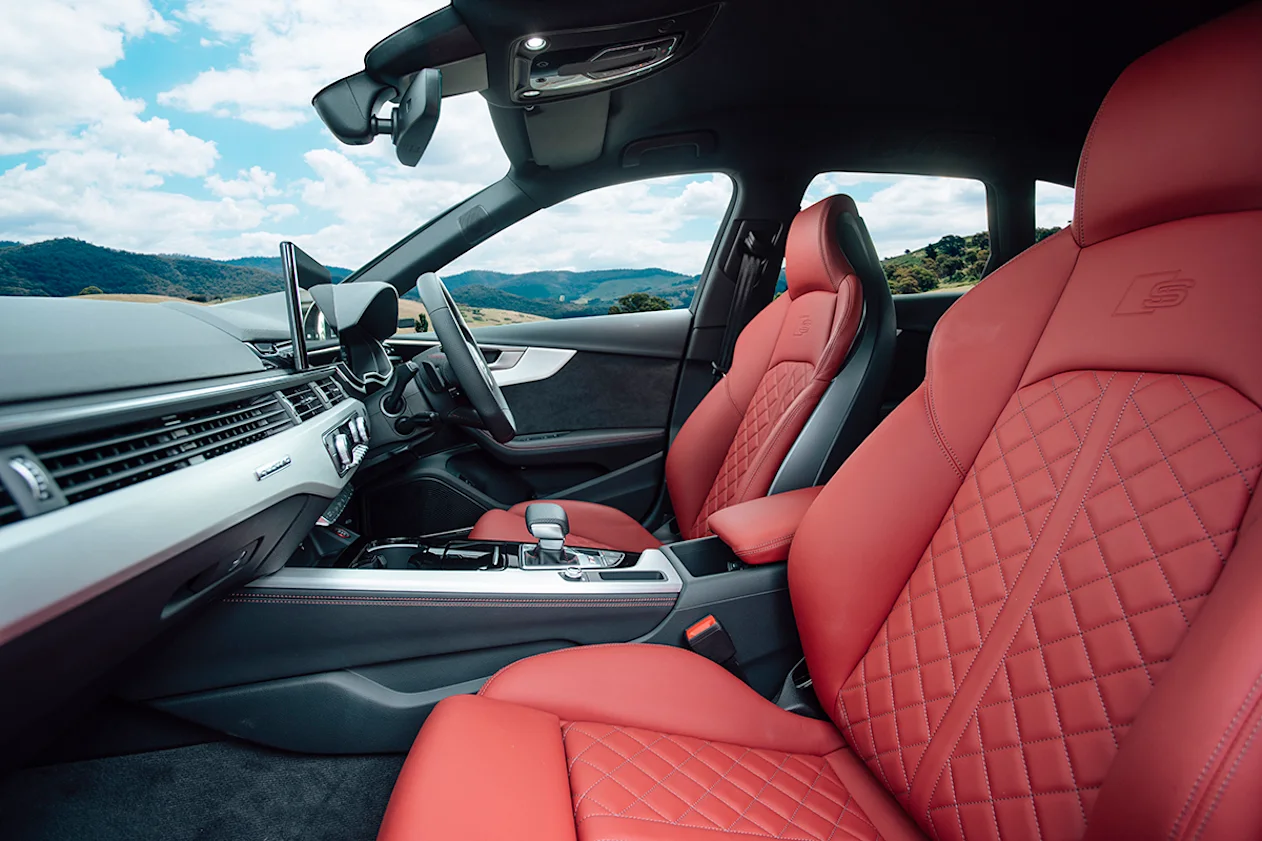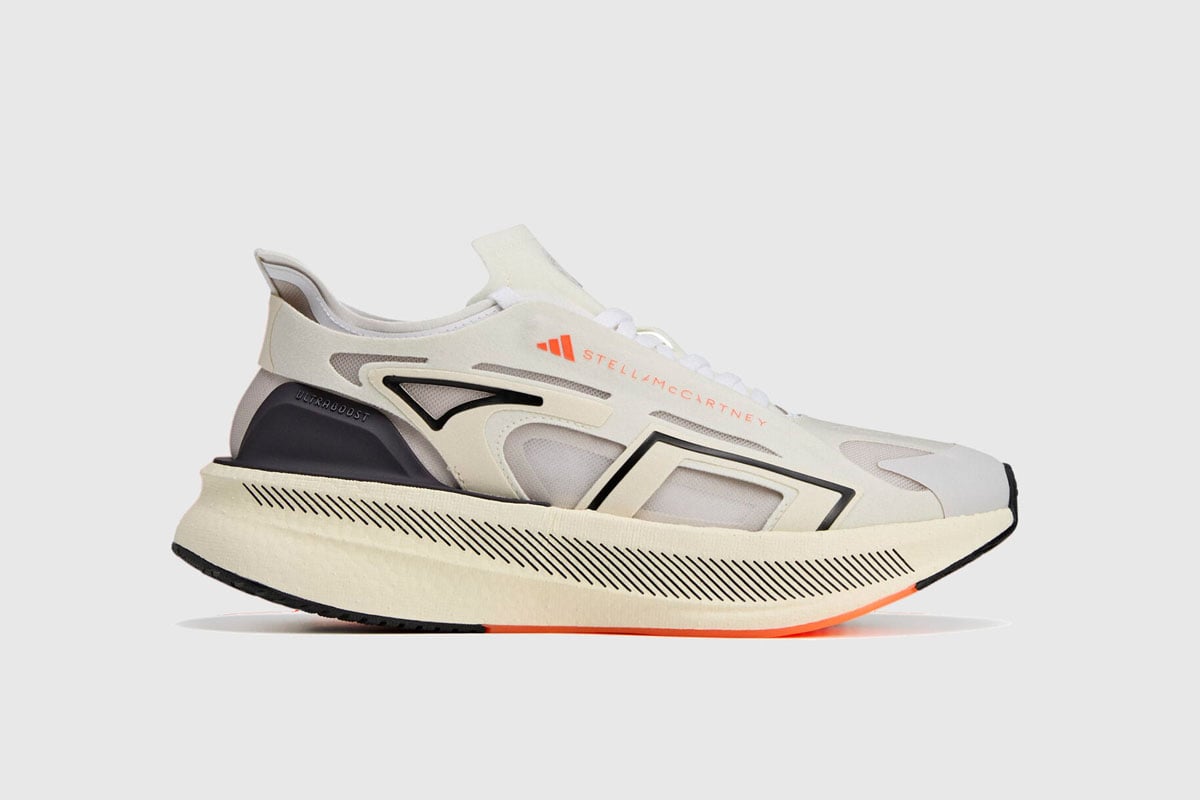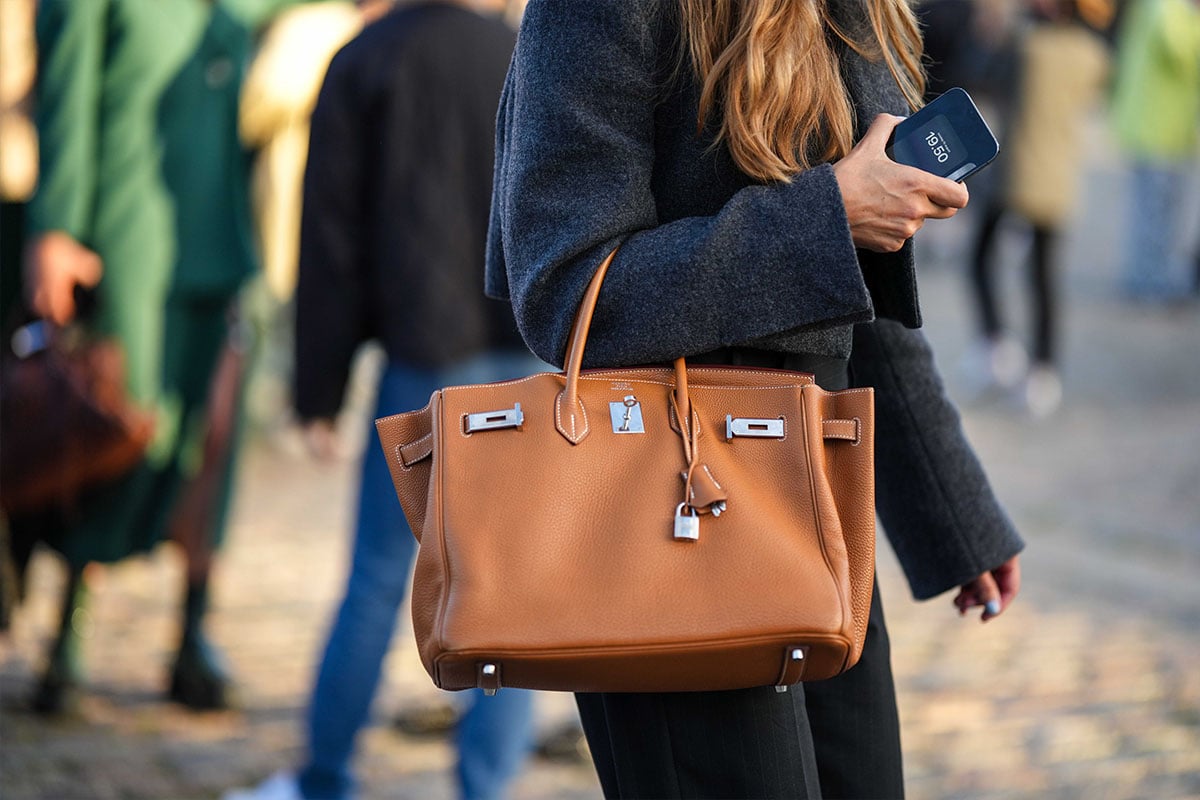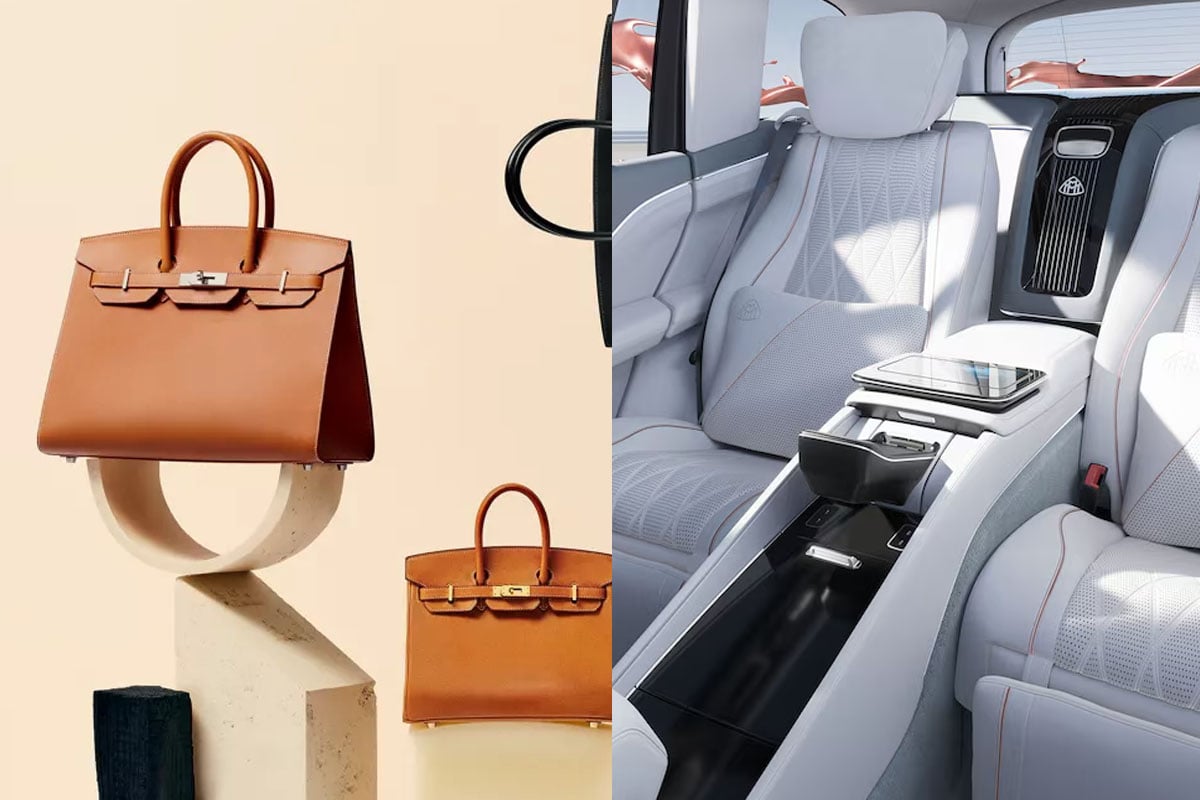The luxury world loves a sustainability headline.
In recent years, fashion houses and carmakers alike have started moving away from traditional leather, swapping it for mushroom-based fabrics, pineapple fibres, or recycled plastic composites.
Stella McCartney, the poster child for luxury sustainability, has built her entire empire on avoiding animal hides. Gucci, under Kering’s wider eco-mandate, pledged to scale back leather use and push “vegan” alternatives in handbags. Even Hermès, the house most synonymous with exotic skins, is experimenting with mushroom-based materials.
RELATED: Is Sustainability In Luxury Watches Real Or Just Marketing Spin?
Curated news for men,
delivered to your inbox.
Join the DMARGE newsletter — Be the first to receive the latest news and exclusive stories on style, travel, luxury, cars, and watches. Straight to your inbox.
On the automotive side, Tesla was one of the first carmakers to drop real leather in favour of synthetic interiors. BMW and Mercedes now offer “vegan leather” seats across large parts of their line-ups, while Volvo has promised to phase out animal hides completely in new models. To the consumer, it all sounds planet-positive.
The marketing spin is clear: ditching animal hides equals progress. But there’s the uncomfortable truth that leather’s decline doesn’t fix the problem.
Leather has never been the primary product of the beef or dairy industries. It’s a by-product.
Every steak or glass of milk still comes with a cowhide attached, and for over a century those hides have been tanned and turned into shoes, handbags, jackets, sofas, and car seats.

This was never just about luxury; it was about reducing waste. By transforming hides into something long-lasting, leather helped avoid the landfill route.
If luxury fashion houses and carmakers walk away, the hides don’t magically disappear. Abattoirs around the world will continue producing them at scale. Without demand from luxury’s most visible players, those hides will pile up.
RELATED: The Biggest Winners And Losers In The 2025 Luxury Slowdown
Some can be rendered down into gelatin, collagen, fertilisers or even biofuel, but none of these channels have the capacity to absorb the tens of millions of hides that the global leather industry currently processes every year.
The more likely outcome? A whole lot more waste.
That irony is rarely addressed in the glossy press releases. Brands love to highlight the eco-friendly credentials of a “vegan leather” interior or bag, yet often gloss over the fact that their decision could increase the number of cowhides headed for incineration.
In other words, they’re not solving the environmental issue; they’re moving it sideways. The PR looks good, but the planet doesn’t necessarily benefit.

This matters because the scale of leather production is vast. Global beef consumption is not slowing down, which means hides will keep coming.
At the same time, consumers are being told that rejecting leather is the sustainable choice, without being shown the bigger picture. If the hides are already there, isn’t it more responsible to use them, provided the tanning and dyeing processes meet modern environmental standards, than to create entirely new materials from petroleum-based plastics or crops that demand intensive farming?

None of this is to say the leather industry is perfect. Traditional tanning practices can be highly polluting, and the chemicals involved have serious environmental impacts.
But innovations in vegetable tanning, closed-loop water systems and traceability are already changing that landscape.
A more nuanced conversation would ask whether improving leather’s footprint is more effective than abandoning it altogether.
RELATED: Latest Luxury Market Data Reveals Diamonds Really Are Forever
Until there’s a scalable, circular alternative that genuinely replaces leather without simply shifting waste elsewhere, the retreat from hides looks less like sustainability and more like brand optics.
Luxury has always been about storytelling. Right now, the leather story being told is convenient, but it isn’t the whole truth.

